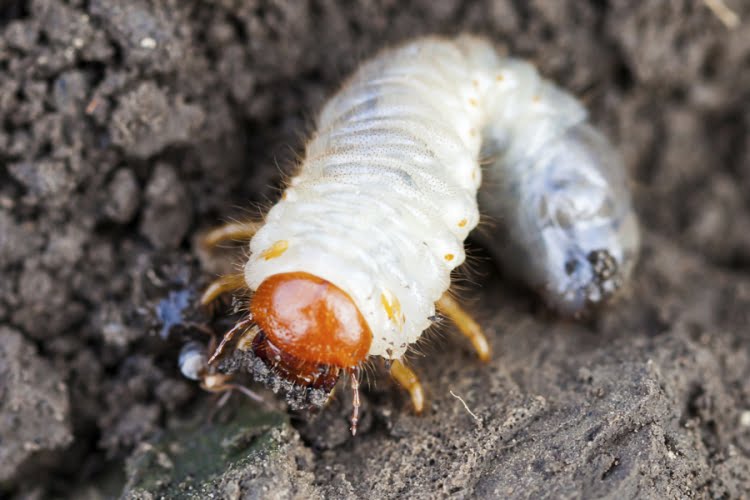If your lawn is starting to look different, discoloured, dry or not growing properly. Your lawn may be infested with uninvited guests that can cause long-term damage to your grass and root. Here’s a quick way to identify and inspect damage to your lawn
Identify What Damage
If you’re noticing the appearance of beetles on your lawn early in the summer, followed by dead patches of grass carried over to spring or late summer, it is likely that your lawn could be infested with grubs. Grubs are the larvae of Japanese, June, and Chafer beetles, among others. These grubs are plump and C-shaped, milky white in colour, and have a brown head. They feast on the roots of grass and plants, causing major damage to your lawn, skunks and racoons are known to dig up areas with a high population of grubs.
Inspect Your Lawn
If you suspect that your lawn is infested with grubs, peel back a square foot of turf or scrape back the top layer of soil in these brown and wilted areas, these patches should lift relatively easily. Ensure that you are scraping deep enough into your soil since grubs tend to live half an inch to 2.5 inches below the soil’s surface. For your safety, use gardening gloves, a spade, or a trowel when peeling back these patches. If you see six or more grubs per square foot, consider applying an insecticide. However, if there are fewer than five grubs per square foot, your lawn can typically withstand the amount of feeding these creatures do.

